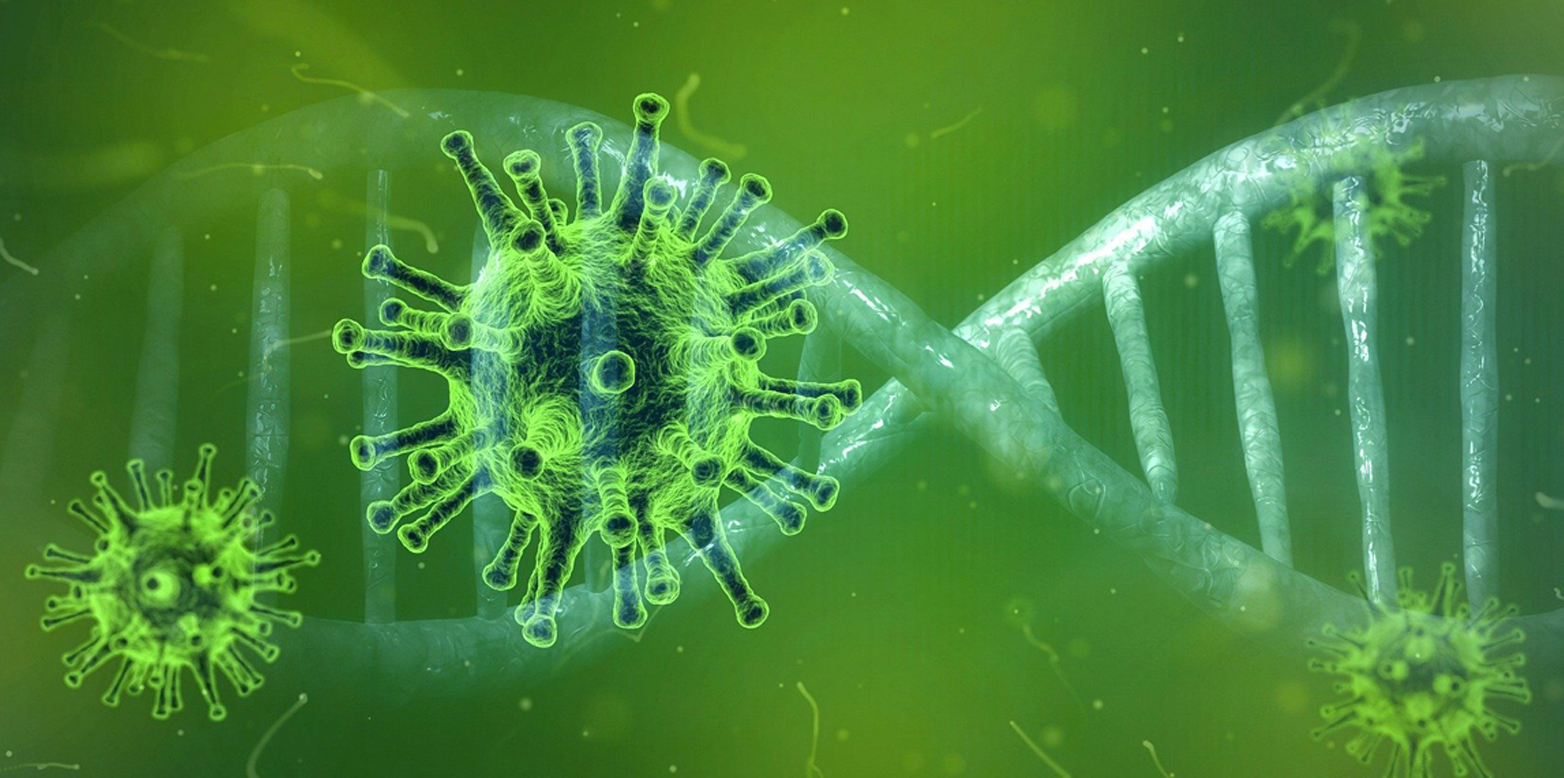Coronavirus
Articles by Roger Highfield, Science Director at the Science Museum Group, Great Britain, on the science behind the coronavirus.

Where available, information for Switzerland was added by focusTerra and marked accordingly.
Article 18: How the virus changed science
Roger Highfield shows how the COVID-19 pandemic has highlighted the importance of science in combating disease and how the greatest health challenge of a generation has affected science.
Article 17: A revolutionary vaccine
Roger Highfield talks to Robin Shattock and Tal Zaks, key figures in the global race for a COVID-19 ‘RNA vaccine’.
Article 16: Rise of mini-organs
Roger Highfield explores how growing human tissue into mini-organs, or ‘organoids’, will help the fight against COVID-19, from explaining puzzling complications to creating novel treatments.
Article 15: How the virus spread worldwide
Roger Highfield investigates how analysing the genetic sequences of SARS-CoV-2 viruses and other data can help understand how to control the virus and ultimately save lives.
Article 14: Why minority ethnic groups suffer more
Sir Michael Marmot, Director of the Institute of Health Equity at University College London, talks to Roger Highfield about why some communities are at higher risk of COVID-19.
Article 13: What’s safe and what’s not
Roger Highfield discusses the risks posed by the COVID-19 pandemic, both real and perceived, with Dr Sander van der Linden.
Article 12: Brief history of viruses
Viruses infect every living thing. Roger Highfield discusses their origins and a brief history of virology.
Article 11: From antibodies to vaccines
The body’s protective immune system holds the key to diagnosing, treating and vaccinating against coronavirus. Roger Highfield focuses on antibodies.
Article 10: How the virus works
The development of COVID-19 treatments, tests, drugs and vaccines will be accelerated by molecular understanding of the COVID-19 virus. Roger Highfield looks at what is happening in Britain’s most prestigious molecular biology laboratory.
Article 9: From R to lifting lockdown
Roger Highfield on why the fate of the nation rests on R, the ‘reproduction number’, and a novel ‘stringency index’ that compares the pandemic responses of 160 nations.
Article 8: Digital detectives
Roger Highfield discusses how digital technologies can curb COVID-19 with Hannah Fry, who conducted a prescient simulation of a UK outbreak, and Dr Alice Tan of MizMedi Women’s Hospital, who explains why South Korea’s death toll is relatively low.
Article 7: Quest for a cure
Roger Highfield describes the race to cure COVID-19.
Article 6: Hunting down COVID-19
Roger Highfield talks to Kari Stefansson, whose genetic sequencing project has revealed how the UK infected Iceland, that children don’t seem to infect parents, and how to control COVID-19.
Article 5: Coronavirus – exit strategies
Roger Highfield outlines the science of lockdowns and how to end the pandemic.
Article 4: Up close with coronavirus
Roger Highfield talks to Ajit Lalvani, who recently recovered from a serious COVID-19 infection and is now undertaking a major pandemic study.
Article 3: Ending the pandemic
Roger Highfield examines the vaccines under development which may help bring the coronavirus crisis to an end.
Article 2: Testing for coronavirus
Roger Highfield explains the central importance of testing for dealing with the COVID-19 pandemic.
Article 1: What we know (and don't know) about the virus
Roger Highfield rounds up the things we know, the things we don’t and possible solutions to end the pandemic.
On the author
Roger Highfield is the Science Director at the Science Museum Group, a member of the UK's Medical Research Council and a visiting professor at the Dunn School, University of Oxford, and Department of Chemistry, UCL. He studied Chemistry at the University of Oxford and was the first person to bounce a neutron off a soap bubble. Roger was the Science Editor of The Daily Telegraph for two decades, and the Editor of New Scientist between 2008 and 2011. He has written or co-authored eight popular science books, and had thousands of articles published in newspapers and magazines.